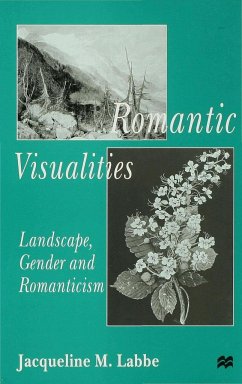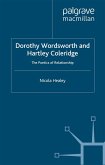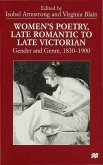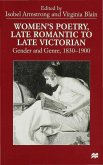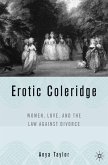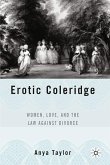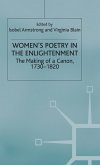Romantic Visualities offers a culturally informed understanding of the literary significance of landscape in the Romantic period. Labbe argues that the Romantic period associated the prospect view with the masculine ideal, simultaneously fashioning the detailed point of view as feminised. An interdisciplinary study, it discusses the cultural construction of gender as defined through landscape viewing, and investigates property law, aesthetic tracts, conduct books, travel narratives, artistic theory, and the work of Wordsworth, Keats, Coleridge, Charlotte Smith, Ann Francis, Dorothy Wordsworth and others.
'...discriminating study.' - Mary A. Favret, Romanticism
'Labbe makes the necessary critical landscape of detail an intriguing place, particularly when exploring its more seculed corners. Her study illustrates that the Romantic landscape is as fractured and various as other aspects of Romantic discourse, shedding new light both on more canonical figures and their less well-known female contemporaries.' - Fiona Price, British Association for Romantic Studies & Review
'Labbe makes illuminating distinctions between the different men who used the prospect view in their poetry, as well as between men and woment writers...a significant addition to the current effort to rehistoricise Romanticism by considering the political implications of aesthetic discourse...Romantic Visualities is a valuable contribution to a properly nuanced and contextualised feminist history of writing.' Tim Fulford, Romanticism On the Net
'Labbe makes the necessary critical landscape of detail an intriguing place, particularly when exploring its more seculed corners. Her study illustrates that the Romantic landscape is as fractured and various as other aspects of Romantic discourse, shedding new light both on more canonical figures and their less well-known female contemporaries.' - Fiona Price, British Association for Romantic Studies & Review
'Labbe makes illuminating distinctions between the different men who used the prospect view in their poetry, as well as between men and woment writers...a significant addition to the current effort to rehistoricise Romanticism by considering the political implications of aesthetic discourse...Romantic Visualities is a valuable contribution to a properly nuanced and contextualised feminist history of writing.' Tim Fulford, Romanticism On the Net

